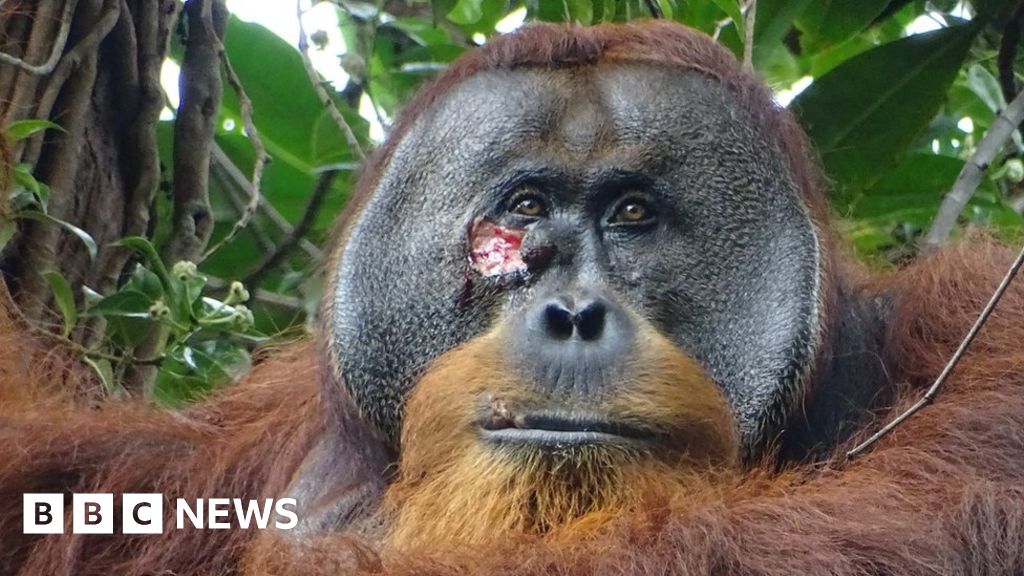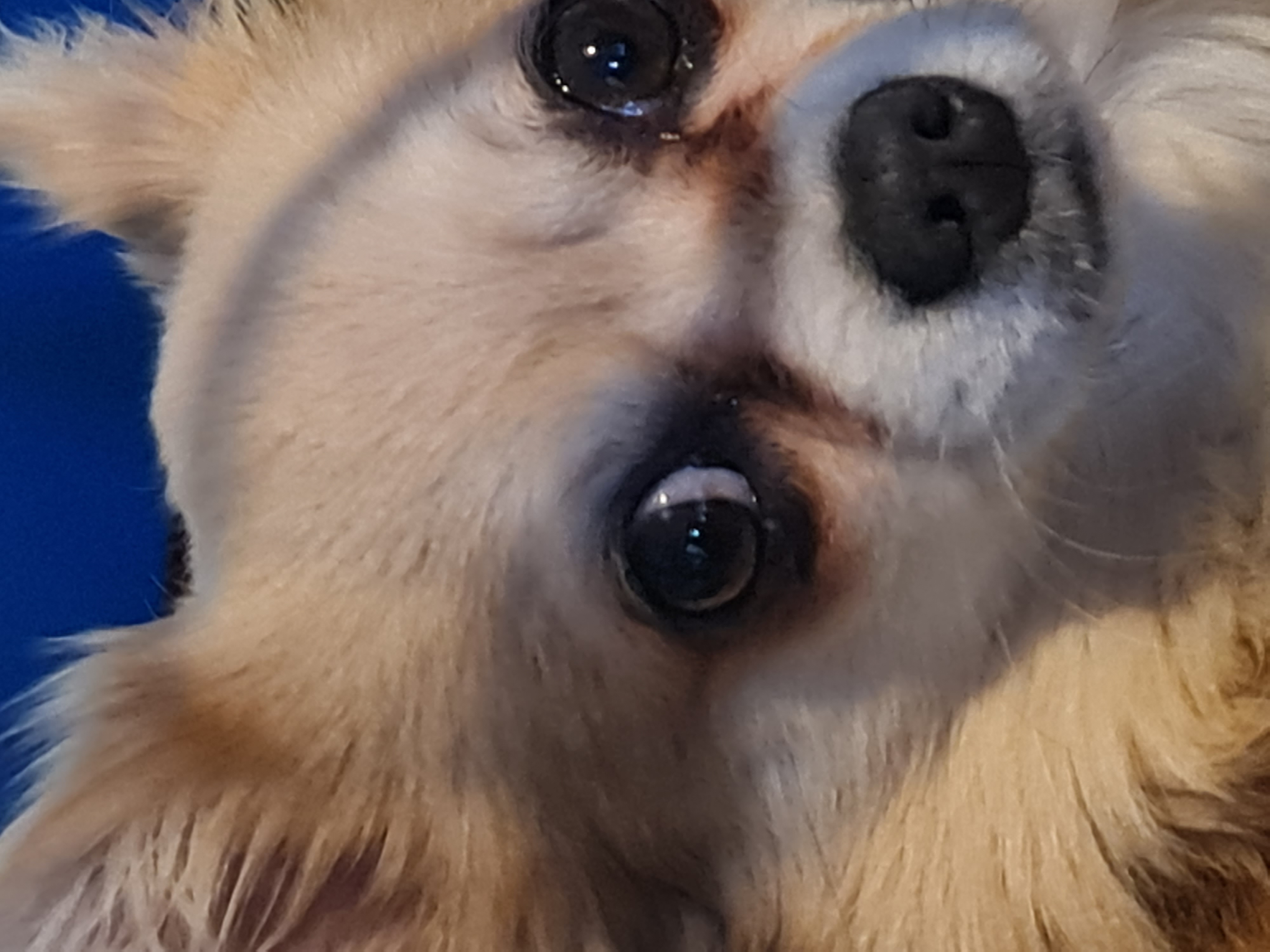It is the first time a creature in the wild has been recorded treating an injury with a medicinal plant.
After researchers saw Rakus applying the plant poultice to his face, the wound closed up and healed in a month.
Scientists say the behaviour could come from a common ancestor shared by humans and great apes.
“They are our closest relatives and this again points towards the similarities we share with them. We are more similar than we are different,” said biologist Dr Isabella Laumer at the Max Planck institute in Germany and lead author of the research.
It could be inherited from a common ancestor.
Or it could just have likely evolved multiple times in different primate branches.
As we have absolutely no way to document how early it first happened in our own branch. To assume it is linked is just more attempts to try and indicate the human branch is special. Use of tools has been seen in many many branches. We don’t assume that came from a joint ancestor that crawled out of the water. Or before.
Zoos have known this for a long while, this study from London zoo went into it in 2006, and look at the sources going back into the 90’s.
It’s cool that this new study has come out, but this isn’t news really.



